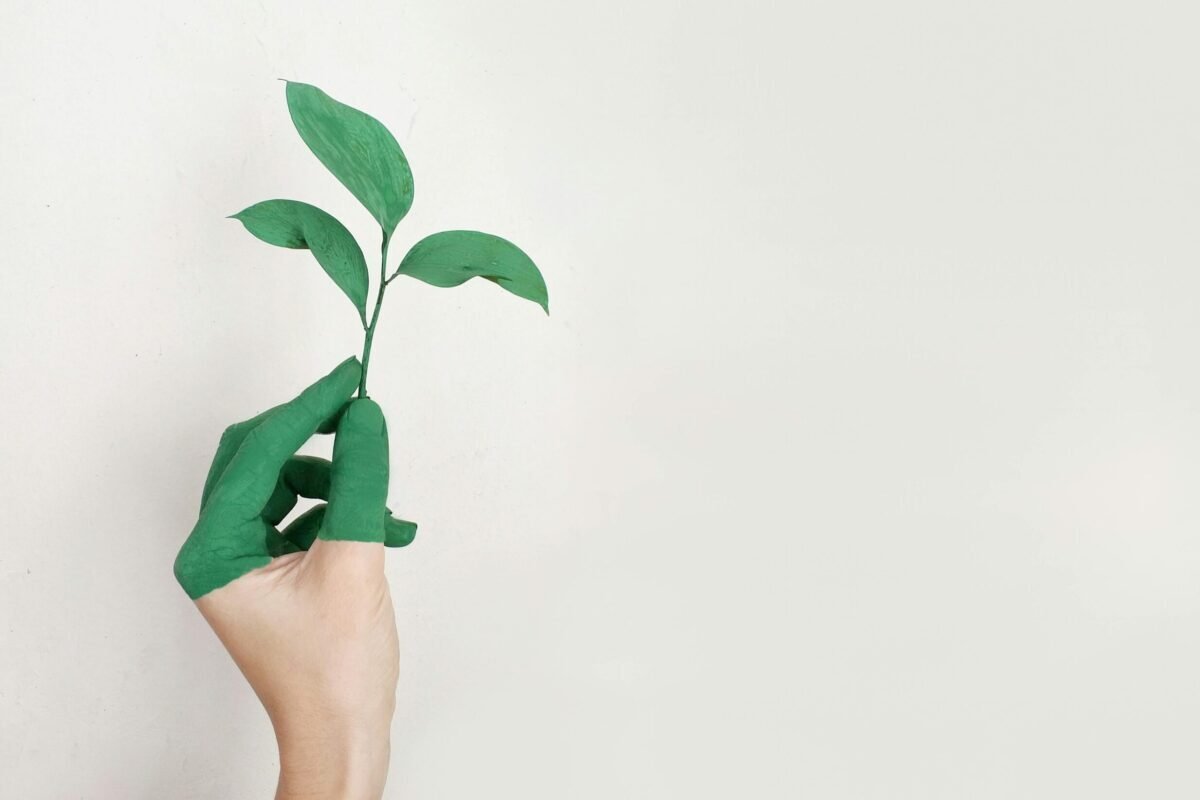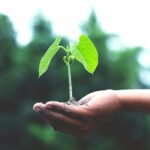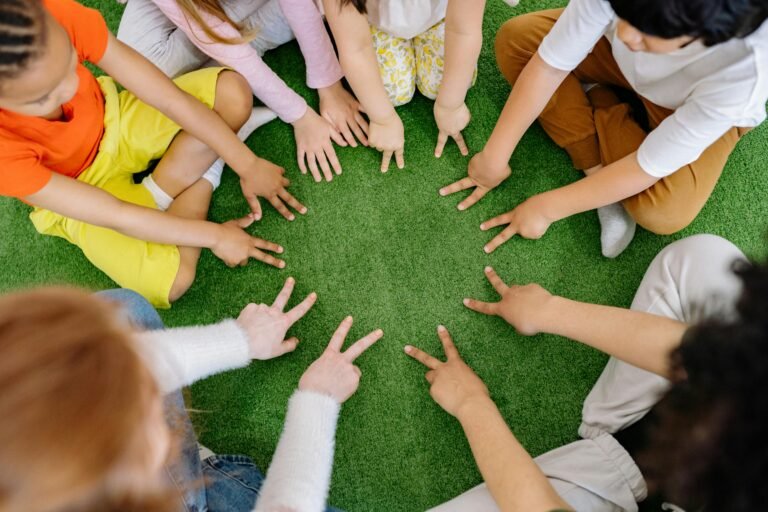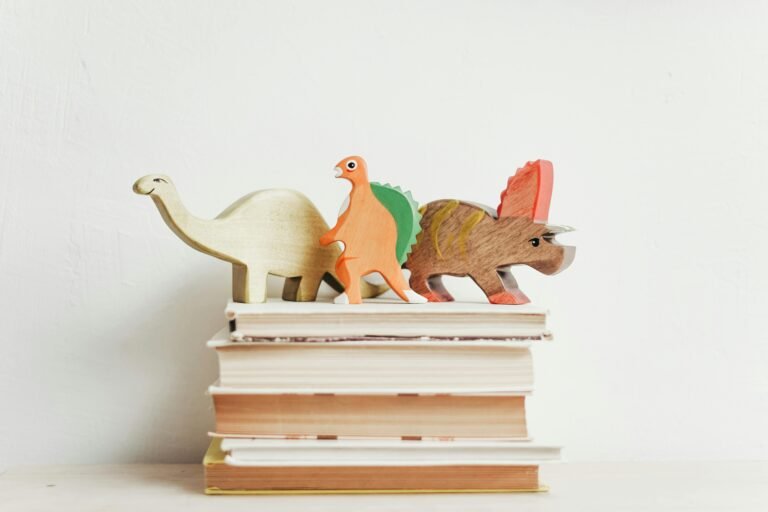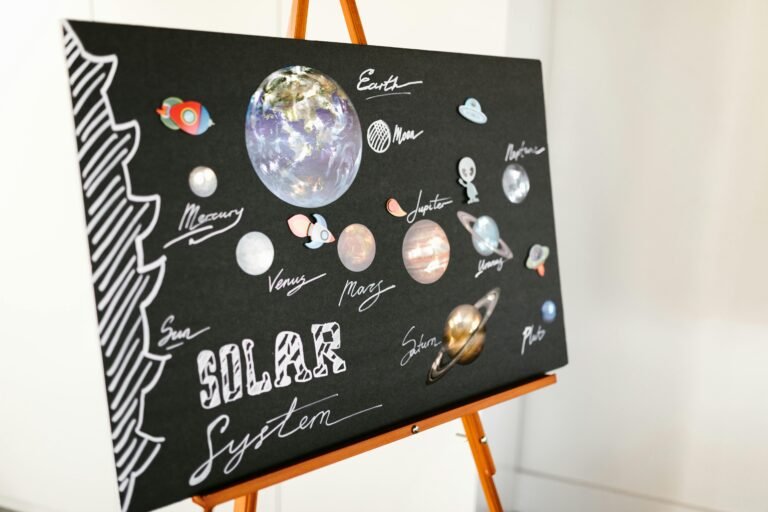Teaching sustainability and environmental Stewardship to elementary school students means more than just covering a science standard. It means helping these students understand systems, develop empathy for the planet, and take action in small but meaningful ways. When paired with picture books, interactive sites help students move from curiosity to care, and from information to impact.
Each of the 10 sites below includes:
- ✅ Why it’s worth knowing
- ✅ What it’s best for
- ✅ A quick tip for using it in your classroom
And at the end, don’t miss the bonus section of picture book pairings to extend and deepen the learning.
List of 10 Great Sites for Teaching Elementary School Students About Environmental Stewardship and Sustainability
1. NASA Climate Kids
Why it’s worth knowing:
NASA simplifies climate science for young learners with games, videos, and easy-to-understand visuals.
Best for:
Climate change, energy, ecosystems, and sustainable design.
Tip:
Use the “Big Questions” section for student-led research presentations.
2. Recycle City – EPA
Why it’s worth knowing:
An interactive map that helps students explore how choices around energy, water, and waste impact the environment.
Best for:
Decision-making, systems thinking, and Earth Day activities.
Tip:
Have students design their own version of a “green classroom” after exploring the virtual city.
3. National Geographic Kids – Environment & Nature
Why it’s worth knowing:
Vivid images, fact-filled articles, and videos help students connect to nature and wildlife around the globe.
Best for:
Background knowledge and animal conservation research.
Tip:
Pair with nonfiction writing assignments or habitat studies.
4. KidsGardening.org
Why it’s worth knowing:
Offers project ideas and free lessons that connect sustainability to hands-on gardening and food systems.
Best for:
STEM integration, SEL, and community projects.
Tip:
Start a classroom garden or compost bin—even a windowsill version works.
5. WWF Wild Classroom
Why it’s worth knowing:
Free toolkits and animal guides designed to help students understand global conservation efforts.
Best for:
Connecting science to advocacy and compassion.
Tip:
Use the “Adopt an Animal” idea to spark persuasive writing about protecting endangered species.
6. Nature Lab – The Nature Conservancy
Why it’s worth knowing:
A trusted source of high-quality video lessons and hands-on activities on sustainability, urban nature, and ecosystems.
Best for:
Upper elementary projects that connect nature to civic engagement.
Tip:
Use their “Designing Green Spaces” module to kick off an inquiry unit on schoolyard improvement.
7. SciShow Kids – Environmental Science Playlist
Why it’s worth knowing:
Kid-friendly videos explain big concepts like composting, pollution, and water cycles.
Best for:
Science centers and short daily video prompts.
Tip:
Use the “What’s the Big Deal About Plastic?” episode to launch a class-wide waste audit.
8. EcoRise – Design Thinking for Sustainability
Why it’s worth knowing:
Focuses on student-led sustainability projects and eco-literacy, with real-world applications.
Best for:
Genius Hour, project-based learning, or student action projects.
Tip:
Have students identify an environmental issue on campus and design a solution.
9. EPA Student Resources
Why it’s worth knowing:
Simple overviews of pollution, water protection, air quality, and more—straight from the source.
Best for:
Science class, civics connections, and Earth Day prep.
Tip:
Have students write letters or create posters about an environmental issue using info from the site.
10. Ranger Rick – National Wildlife Federation
Why it’s worth knowing:
Magazines, games, videos, and wildlife profiles that connect young readers to animals and habitats.
Best for:
Animal lovers and early elementary learners.
Tip:
Use printable pages from Ranger Rick Jr. in centers or nature journals.
Book Pairing Ideas to Deepen the Learning
Here are eight excellent picture books that pair beautifully with the websites above. Use them for read-alouds, SEL connections, writing prompts, or project kick-offs.
These picture books pair beautifully with the themes of environmental stewardship, conservation, and sustainability. Use them to build empathy, spark meaningful discussions, and inspire student action.
We Are Water Protectors by Carole Lindstrom
A powerful, poetic book—rooted in Indigenous wisdom—that explores the importance of protecting water and standing up for the Earth.
Best for: Grades 1–4 | Environmental Justice + Indigenous PerspectivesHow to use it: Use as a read-aloud before diving into lessons about clean water, ecosystems, or climate justice. Invite students to write or illustrate their own “protector pledges.”
The Tantrum That Saved the World by Megan Herbert & Michael Mann
Blends storytelling with accessible science to explain climate change and empower children with real-world actions.
Best for: Grades 3–5 | Climate Change + ActivismHow to use it: Pair with research from NASA Climate Kids or Nature Lab. Have students create illustrated “climate action” mini-books or zines.
Michael Recycle by Ellie Bethel
A rhyming, superhero-themed story that introduces recycling and environmental responsibility in a fun, upbeat way.
Best for: Grades K–2 | Recycling + Environmental ResponsibilityHow to use it: Read before exploring Recycle City. Have students invent their own eco-superhero and write a short story or comic strip.
Anywhere Farm by Phyllis Root
Shows that a garden—and a caring mindset—can grow anywhere, even in unexpected places.
Best for: Grades PreK–2 | Gardening + Community BuildingHow to use it: Read before using resources from KidsGardening.org. Let students design their own small-scale garden and explain how it could help their school or community.
Harlem Grown by Tony Hillery
A nonfiction story about a real urban garden project that brought food, beauty, and community back to a New York neighborhood.
Best for: Grades 2–5 | Urban Farming + Social ImpactHow to use it: Use alongside EcoRise or Nature Lab lessons. Challenge students to brainstorm a change they’d like to see at their school—and outline steps to make it happen.
One Plastic Bag by Miranda Paul
Tells the true story of Isatou Ceesay, who turned plastic pollution into community progress in The Gambia.
Best for: Grades 2–5 | Global Citizenship + SustainabilityHow to use it: After reading, explore a SciShow Kids video on plastic or waste. Ask students to map out one way their classroom can reduce plastic use.
The Curious Garden by Peter Brown
This quiet, thoughtful book celebrates persistence, nature, and how one person can transform a city.
Best for: Grades K–3 | Urban Greening + Growth MindsetHow to use it: Read before introducing Nature Lab’s urban green space lessons. Have students sketch or describe a “greened-up” version of their school or neighborhood.
Compost Stew by Mary McKenna Siddals
A catchy ABC book that introduces composting basics in a fun and memorable way—perfect for younger learners.
Best for: Grades PreK–2 | Composting + Earth ScienceHow to use it: Read before a hands-on compost lesson. Let students bring in “compostable” items or build a classroom compost bin.
In Closing
The most important thing we can teach students about the environment is that they have the power to make a difference. Pairing compelling digital tools with powerful books creates the kind of learning that sticks—and plants seeds of stewardship for life.
Try one site and one book pairing this week, and let students explore, reflect, and act.
Are you looking for more classroom-ready ideas like this one? Head back to our main resource hub to keep exploring resources for teachers.

